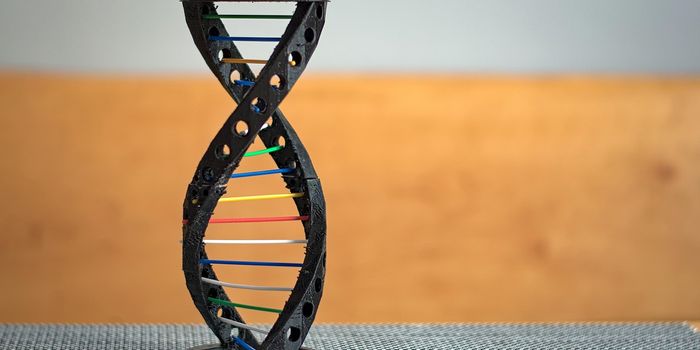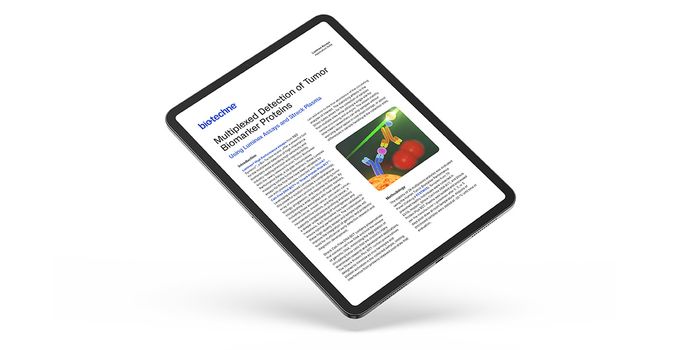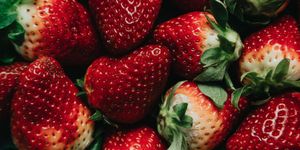Nigella sativa for targeting neuropilins in breast cancer
With Breast Cancer Awareness Month (October) having just passed, it is notable to express how formidable of an adversary breast cancer is. It is a brilliant disease, constantly outsmarting its host with multiple oncogenes driving tumor growth. This makes it a complex challenge to tackle. But what if nature's treasures held the key to a more effective and less toxic approach to fighting this disease?
Nigella sativa, often called black cumin or black seed, has been used for centuries, particularly in the Middle East and Asia. Its effects vary from immune system support to antioxidant properties.
Researchers discovered a fascinating array of compounds within Nigella sativa. Tannins, saponins, steroids, and cardiac glycosides were all part of its chemical repertoire. Additionally, this plant is a source of alkaloids and saponins. Both alkaloids and saponins are known for their diverse biological activities, and their presence in Nigella sativa hints at its medicinal potential.
Through Total Flavonoid Content (TFC) and Total Phenolic Content (TPC) analyses, the scientists found that Nigella sativa possesses remarkable antioxidant capacity. The highest TFC and TPC were observed in the methanol extract, indicating its strong potential to neutralize harmful free radicals. This antioxidant ability is a promising sign in breast cancer, as reducing oxidative stress can hinder the growth and spread of cancer cells.
The researchers then used molecular modeling, which allowed them to predict the 3D structure of neuropilins (NRPs). Neuropilins are essential in the cancer signaling pathway. They then used molecular dynamics simulations, which gave the scientists a look into the stability of these complexes and critical parts of the molecule involved in interactions. This simulation allowed the researchers to understand how black seed compounds can interrupt cancer-related interactions.
To validate their findings, the scientists extended the research into the lab. In these controlled experiments, breast cancer cells became the testing ground. Manipulating NRPs within these cells allowed researchers to observe changes in cell growth, movement, and other critical functions. This crucial step bridges the gap between computational predictions and real-world effects. It confirms that the potential seen in simulations has practical applications.
As the research on Nigella sativa's role in breast cancer treatment continues, it's a reminder of the treasure trove that nature offers. The potent compounds hidden in plants have the potential to revolutionize the field of medicine and provide more effective, less toxic treatments for a range of diseases. This journey continues, opening doors in a world of possibilities and a brighter future in the fight against breast cancer.
Source: Frontiers in Chemistry








